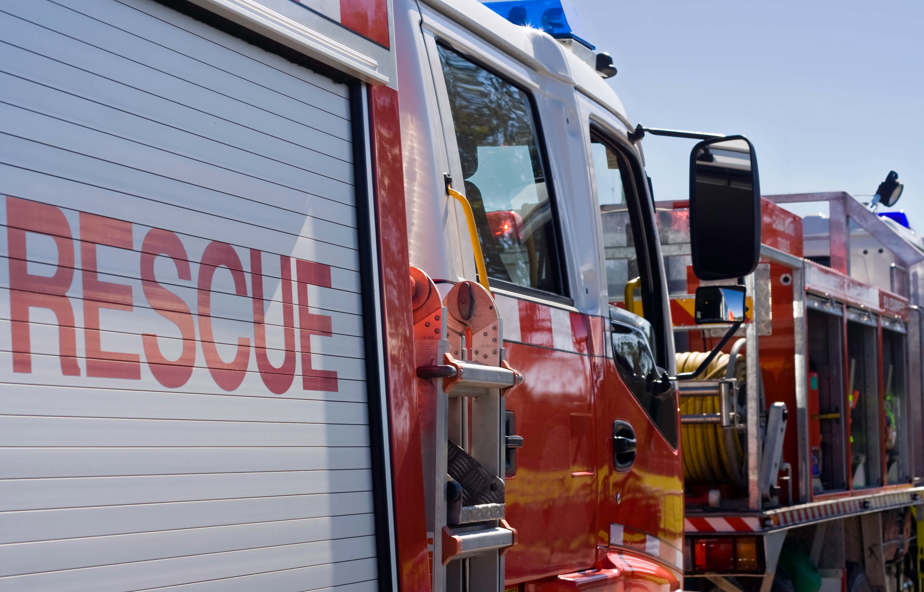Drivers in NSW should be aware of a change to the 40 km/h slow down rule. The rule required drivers to slow down to 40km/h when passing stationary emergency vehicles with flashing blue or red lights. Following a 12-month trial period and feedback from Road Freight NSW (RFNSW), vehicles travelling on roads with speed limits 90 km/h or over are no longer required to slow to 40 km/h when passing stationary emergency vehicles.
Changes from 26 September 2019
- Roads with speed limits 90 km/h or over: Drivers are not required to slow to 40 km/h.
- Roads with speed limits 80 km/h or under: Drivers must slow down to 40 km/h.
- Red, blue and yellow lights: The rule applies to emergency vehicles with flashing red or blue lights as well as to tow trucks and breakdown assistance vehicles with flashing yellow lights.
On roads with speed limits of 90km/h or over drivers will need to:
- Slow down: Slow to a speed which is safe and reasonable for the circumstances.
- Give space: Give sufficient space between their vehicle and the breakdown assistance or emergency vehicle and workers.
- Change lanes: On multi-lane roads, drivers must change lanes to keep the lane next to the vehicle free if it is safe to do so.
Sensible changes for NSW roads
Drivers should note that the rule change only applies in NSW. RFNSW welcomes the change; CEO Simon O’Hara noted that “Whilst RFNSW and our members always have safety as our number-one priority, we just couldn’t accept that forcing fully-laden trucks to slow down to 40 km/h was the best way of protecting our first responders.
“The feedback from our members was that the rule didn’t differentiate between heavy and light vehicles and was proving to be incredibly dangerous for truckies travelling on freeways and major roads – forced to slow down very quickly to 40 km/h.”
Adam Gibson, Transport and Logistics Risk Engineer at NTI and author of the 2019 NTARC Major Accident Investigation Report, endorsed the change as sensible policy.
“Given the big differences in weight and stopping performance of trucks and cars, having sudden, unplanned reductions in effective speed limit of up to 70km/h created undue risk.
“The new approach strikes a good balance between the original intention to protect responders and the realities of a dynamic road environment,” Adam said.
Other changes have been implemented to improve safety for emergency vehicles and their crews. NSW Police officers will stop their vehicles in safer locations more visible to other drivers and new warning signs for emergency services will further improve visibility and safety.
Minister for Regional Roads Paul Toole noted that thanks to the new rule, “If you are driving on roads 90 km/h or over you will need to consider how close you are to the stationary vehicle and slow to a safer speed and give as much space to the vehicle as you can.”
Safer Australian Roads and Highways (SARAH) President Peter Frazer also voiced his support for the changes, especially the expansion to cover roadside assistance personnel and tow truck drivers.
“When you see flashing lights on the road ahead, commit to “Drive So Others Survive.” Slow down and give those who are vulnerable the space they need to be safe”, he said.
